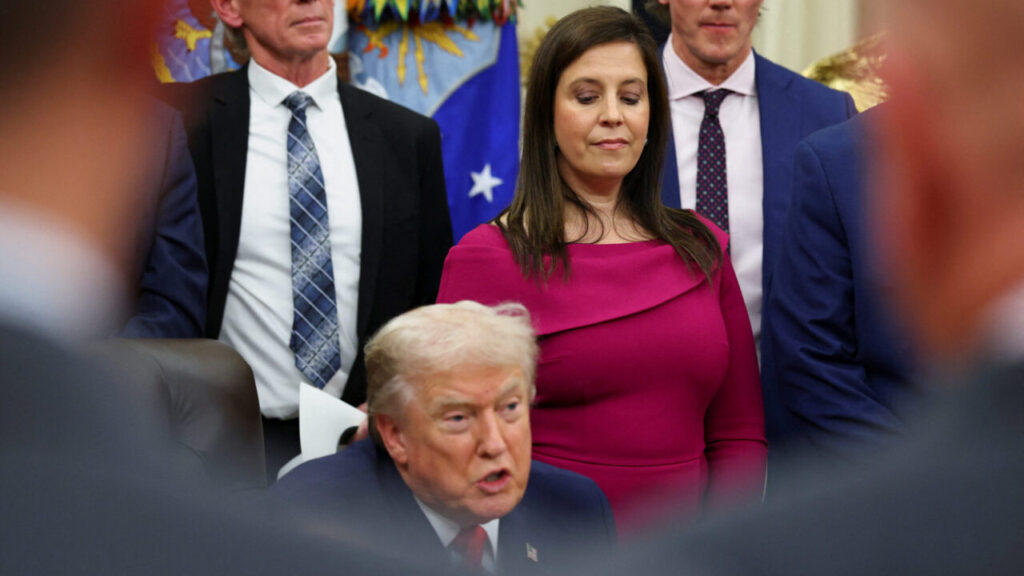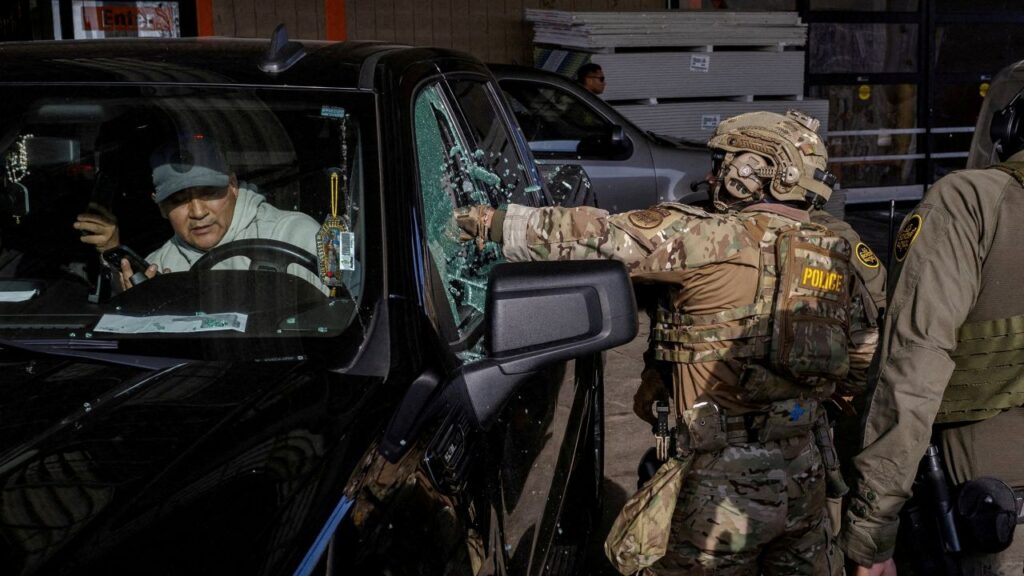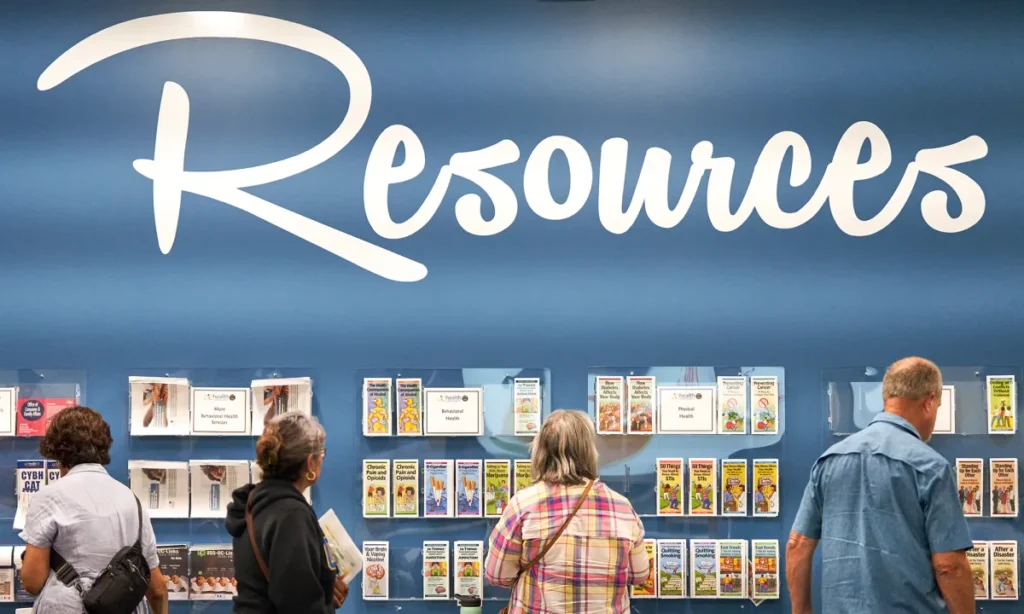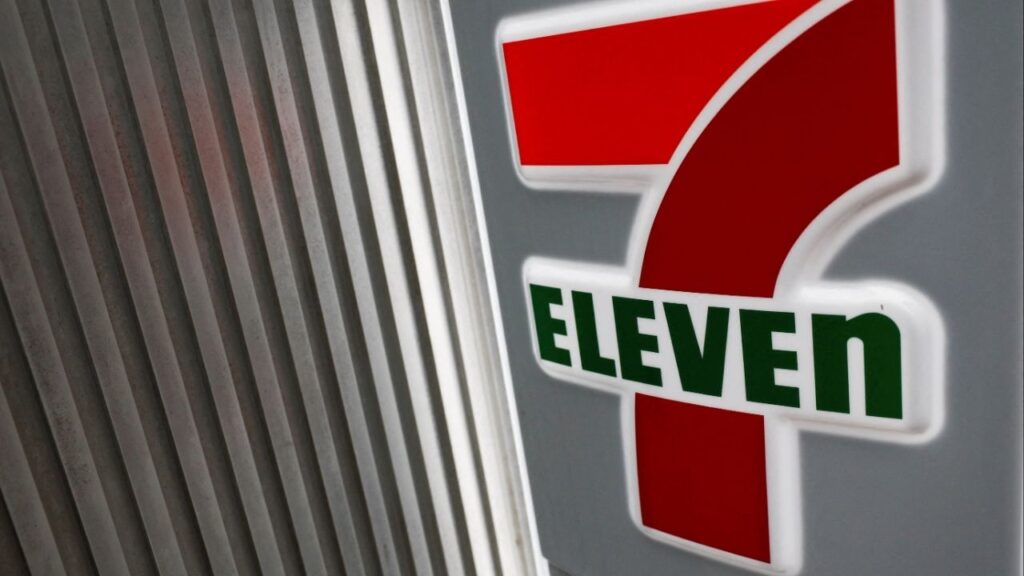Share
WASHINGTON — The coronavirus recession struck swiftly and violently. Now, with the U.S. economy still in the grip of the outbreak five months later, the recovery looks fitful and uneven — and painfully slow.
The latest evidence came Thursday, when the government reported that the number of workers applying for unemployment climbed back over 1 million last week after two weeks of declines.
The figures suggest that employers are still slashing jobs even as some businesses reopen and some sectors like housing and manufacturing have rebounded.
“Getting the virus in check dictates when there’ll be relief from this economic nightmare, and it doesn’t look like it will be soon,” said AnnElizabeth Konkel, an economist at Indeed, a job listings website.
The virus in the U.S. has killed more than 170,000 people and caused over 5.5 million confirmed infections, with deaths rising by more than 1,000 a day on average. Worldwide, the death toll stands at about 790,000, with over 22 million cases.
Overall, the number of laid-off American workers collecting unemployment benefits declined last week from 15.5 million to 14.8 million. Many of them probably found jobs. But some may have used up all their benefits, which in most states run out after about six months.
In the previous weekly report from the Labor Department, new jobless claims had fallen below 1 million for the first time since March, to 971,000. But that trend reversed itself this time.
Many businesses and consumers remain paralyzed by uncertainty and restricted by lockdowns, and job gains appear to be slowing from the rapid bounce-backs of May and June, when millions of restaurant and store employees were rehired. The number of job openings posted on Indeed fell last week for the first time since April.
Recovery Is Destined to Remain Weak Until Virus is Controlled
Twenty-two million jobs were lost to the outbreak in March and April, and in the past three months, 9.3 million have been regained.
Until the virus can be brought under control, economists agree, any recovery is destined to remain weak.
Kronos, a company that makes time-tracking software for small businesses, said the number of shifts worked by its clients is barely growing after rising steadily in the previous three months. Shifts worked are stuck at about 10% below their pre-pandemic level.
“It’s increasingly clear that the last 10% of the recovery will be the most challenging,” said Dave Gilbertson, a vice president at Kronos.
At the same time, those who are drawing unemployment are now getting far less aid because a $600-a-week federal benefit has expired, which means they must get by solely on the much smaller benefits from their states. That has deepened the struggle for many and put some in danger of eviction.
President Donald Trump has signed an executive order to provide $300 a week in federal unemployment aid. Twenty-five states so far have said they will dispense it, though they would need to revamp their computer systems, and it could take a few weeks for the money to start flowing to recipients.
While home construction and sales have bounced back along with auto purchases, spending on travel, entertainment and many other services are still weak. Small businesses are struggling. And unemployment, at 10.2%, remains high.
More Americans are eating at restaurants, but the level of seated dining is still 54% below pre-pandemic levels, according to OpenTable.
Daniel Zhao, an economist at Glassdoor, an employment website, said the industries with the largest increase in job openings are health care and e-commerce and delivery services. But those gains reflect mainly responses to the outbreak rather than economic growth.
Unemployment Benefits as Low as $183 a Week
Thursday’s report showed that in addition to people who applied last week for state benefits, roughly 540,000 others sought aid under a new program that has made self-employed and gig workers eligible for the first time. That figure isn’t adjusted for seasonal variations, so it is reported separately.
Including the self-employed and gig workers brings to 28 million the number of people receiving some form of jobless aid, though that figure may include double-counting in some states. That figure is little changed from a week earlier.
State unemployment benefits average about $308 a week. In some states, the payouts are much smaller. Louisiana pays the nation’s lowest average jobless benefit: $183. Mississippi is next-lowest, at $187. The highest average is in Hawaii, at $456, followed by North Dakota and Massachusetts at $426.
For John Williams, a former cabdriver in Slidell, Louisiana, just outside New Orleans, the loss of the $600 in federal benefits landed him in a food bank line this week, waiting for groceries. He now receives just $107 in state unemployment aid, which is all that he qualifies for based on his previous income.
Before the virus dried up most of his business, Williams, 77, used to pick up fares at the New Orleans airport. Now, besides his jobless aid, he receives about $300 a month from Social Security and a small pension from a previous job as a maintenance man in the city’s school system. He can barely cover his mortgage.
Williams has gone two days without taking his blood pressure medication because when he went to have it refilled, the cost had doubled.
“I’m hanging in there, doing the best I can,” he said.



















